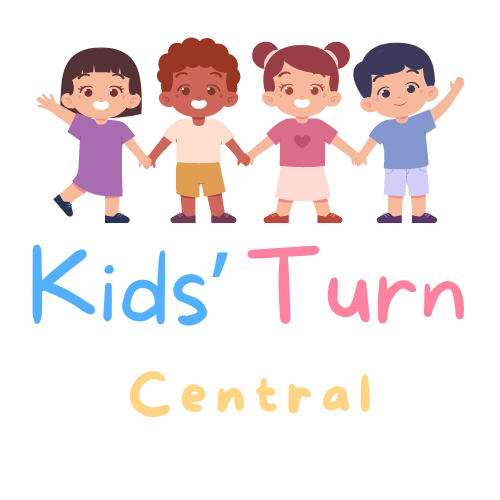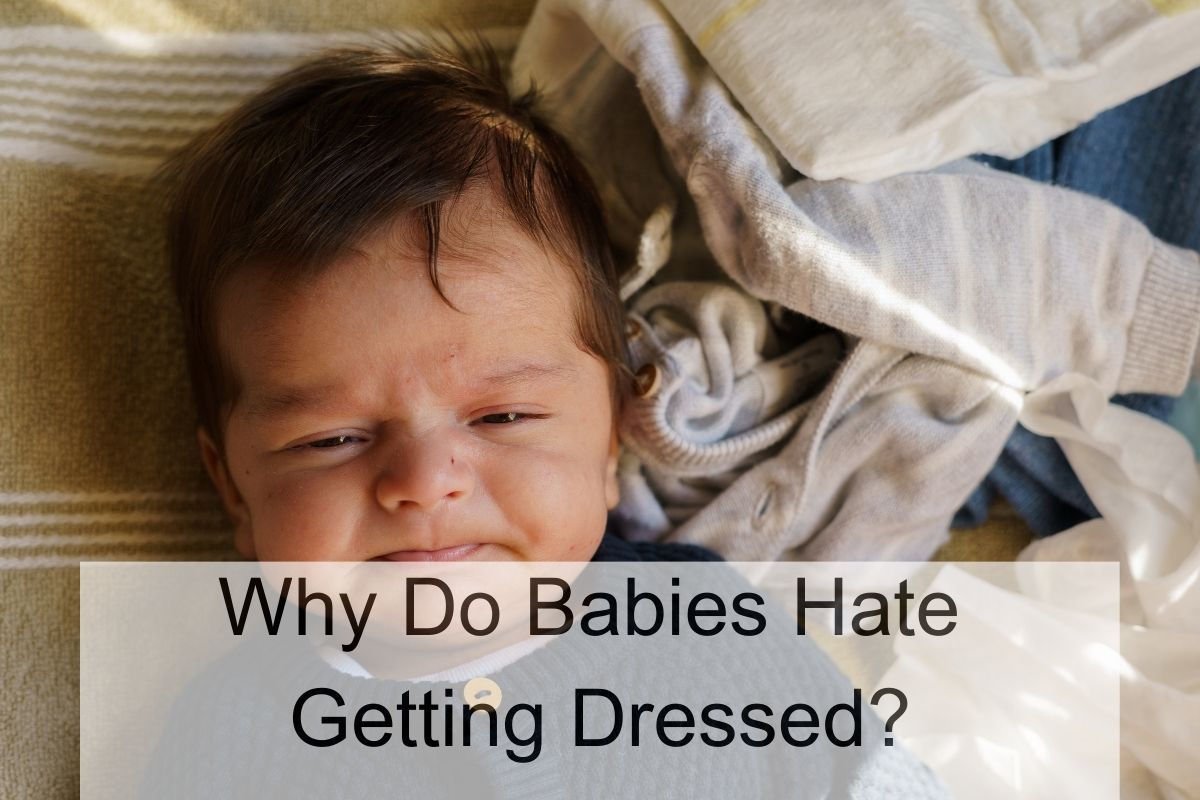As a parent, I remember the daily struggle of getting my baby dressed. It was always a challenge to get my little one to cooperate and put on clothes without crying or fussing. I wondered why my baby hated getting dressed so much, and if other parents experienced the same issue.
After doing some research, I found out that there are several reasons why babies hate getting dressed. One of the main reasons is that they are uncomfortable in their clothes. Clothes that are too tight, itchy, or scratchy can make babies feel uncomfortable and irritable. Additionally, some babies may have diaper rash, which can make getting dressed painful and uncomfortable.
Another reason why babies may hate getting dressed is that they prefer to be naked. Being naked allows babies to feel their surroundings more closely and enhances their sensory experiences. When babies are dressed, they may feel restricted and uncomfortable, which can lead to crying and fussing.
Understanding Baby Discomfort

As a parent, it can be frustrating to dress a crying, fussy baby who seems to resist every attempt to put on their clothes. However, it’s important to understand that discomfort during the dressing process is common in babies. Here are a few reasons why babies may experience discomfort while getting dressed:
Sensory Sensitivities
Babies have sensitive skin and may experience discomfort due to the texture, weight, or tightness of their clothing. Some babies may have sensory sensitivities that make certain fabrics or clothing tags unbearable. In such cases, parents can try using soft and lightweight clothing that doesn’t irritate the baby’s skin.
Temperature Changes
Babies can get fussy when there’s a sudden change in temperature, such as when they’re taken out of a warm bath or when the weather turns cold. It’s important to keep the baby warm and dry during the dressing process. Parents can use a soft towel to pat the baby dry and dress them in warm clothing to avoid discomfort.
Restrictive Movement
Babies love to move their arms and legs freely, and restrictive clothing can make them feel uncomfortable. Tight-fitting clothing or clothing with too many layers can make it difficult for babies to move around, leading to discomfort and fussiness. Parents can try using clothing that allows for free movement, such as onesies or rompers.
Developmental Stages

As a developmental psychologist, I know that babies go through various stages of development that affect how they behave. Two significant stages that impact how babies react to getting dressed are autonomy and control and cognitive and motor skills.
Autonomy and Control
At around 8 to 9 months old, babies start to develop a sense of autonomy and control. They start to realize that they are separate individuals from their caregivers and want to assert their independence. This newfound independence can manifest in various ways, including refusing to get dressed.
When babies resist getting dressed, it might be because they want to assert their autonomy and control. They may feel like they have no say in what they wear, and resisting getting dressed is their way of asserting their independence.
Cognitive and Motor Skills
Another reason why babies may resist getting dressed is that they are still developing their cognitive and motor skills. Dressing requires a lot of coordination and cognitive effort, and babies may find it challenging to keep still or understand what is going on.
For example, putting on a shirt requires a lot of coordination and cognitive effort. Babies need to hold still, lift their arms, and understand which way the shirt goes on. If babies are still developing their cognitive and motor skills, they may find it hard to keep still or understand what is happening.
Practical Dressing Tips

As a parent, I know how challenging it can be to dress a fussy baby. Here are some practical tips that may help you make the process smoother and less stressful for both you and your baby.
Choosing the Right Clothing
When selecting clothes for your baby, consider the material and the fit. Opt for soft, breathable fabrics that won’t irritate your baby’s skin. Clothes that are too tight or too loose can also be uncomfortable for your baby. It’s essential to choose clothes that fit well but still allow your baby to move freely.
Creating a Positive Environment
Creating a positive environment can make a big difference in how your baby responds to getting dressed. Try to make getting dressed a fun experience by singing songs or playing games. You can also try to make eye contact and talk to your baby in a soothing voice to help calm them down.
Distraction Techniques
Distraction techniques can be helpful when your baby is particularly fussy. You can try giving your baby a toy or a book to play with while you dress them. Singing a song or playing peek-a-boo can also be effective in distracting your baby.
Psychological Factors

As a psychologist, I have found that psychological factors play a significant role in why babies hate getting dressed. Two of these factors are stranger anxiety and separation anxiety.
Stranger Anxiety
Babies often experience stranger anxiety, which is a fear of unfamiliar people. When someone new tries to dress them, they may become scared and cry because they don’t know the person. This fear is normal and typically peaks around 8-10 months of age.
To help ease stranger anxiety, parents can introduce new people slowly and gradually. They can also try to distract their baby with toys or objects that they are familiar with while getting dressed.
Separation Anxiety
Babies also experience separation anxiety, which is a fear of being away from their primary caregiver. When a caregiver tries to dress them, they may become upset because they are afraid of being separated from their caregiver.
To help ease separation anxiety, parents can try to stay close to their baby while getting dressed. They can also try to establish a consistent routine so that their baby knows what to expect. Additionally, parents can try to provide comfort items, such as a favorite toy or blanket, to help their baby feel more secure.
Staying Calm and Patient
It can be frustrating when your baby is upset, but it’s important to stay calm and patient. Babies can sense when their caregivers are stressed or anxious, which can make them feel even more upset. By staying calm and patient, you can help your baby feel safe and secure, which can reduce their stress and help them relax.
One way to stay calm and patient is to take deep breaths and remind yourself that your baby’s behavior is not a personal attack. They are simply communicating their needs in the only way they know how. By responding with empathy and understanding, you can help your baby feel heard and supported.

